
Unique cultural features
The Co ethnic group in Quang Nam currently has about 5,500 people, living concentrated in Tra Nu, Tra Kot communes and partly in Tra Giap, Tra Ka (Bac Tra My).
With the concept that all things have souls and spirits, the Co people believe that all natural phenomena (sunshine, drought, rain, wind, disease, crops) are controlled by supernatural forces. Therefore, when the drought lasts for a long time, the rain-praying ceremony becomes a sacred ritual, conveying the great hope of the whole community.
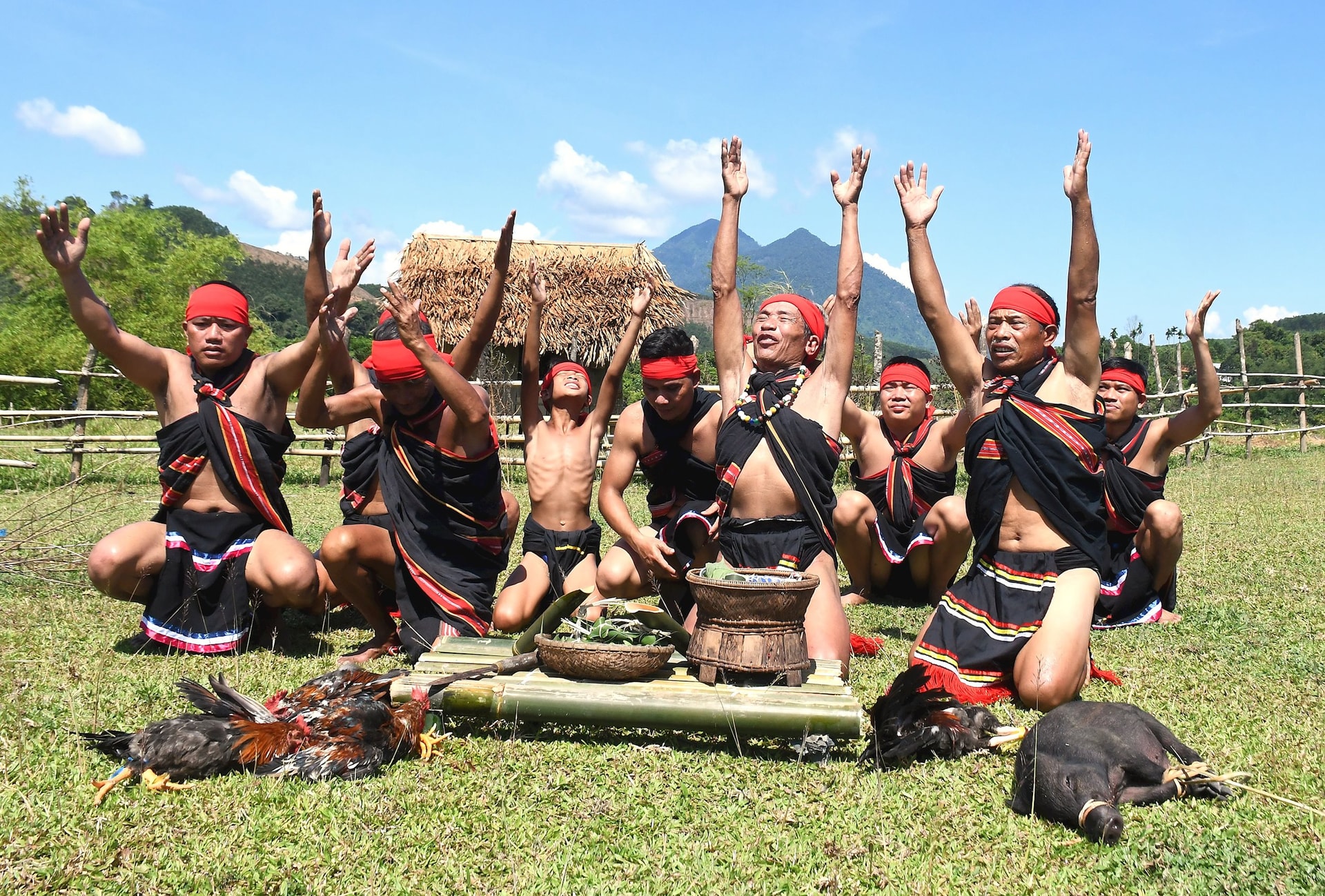
According to the Co legend, long ago there was a six-month drought in the village at the foot of Rang Cua Mountain. The trees were bare, wild animals were thirsty, the stream was dry, and the villagers were exhausted from hunger, thirst, and disease. In desperation, the village elders gathered to discuss how to hold a rain-praying ceremony - a ceremony that involved sacrifice and communication with heaven and earth.
From early morning, the village elders and villagers went to the most sacred stream in the village to choose a location for the altar and ask for permission from the stream god. After "receiving consent" through a simple worship ritual, they began to go into the forest to get the newly fallen areca spathe, bamboo, rattan... to prepare for the earth drum ceremony - a unique cultural feature only found in the Co people.
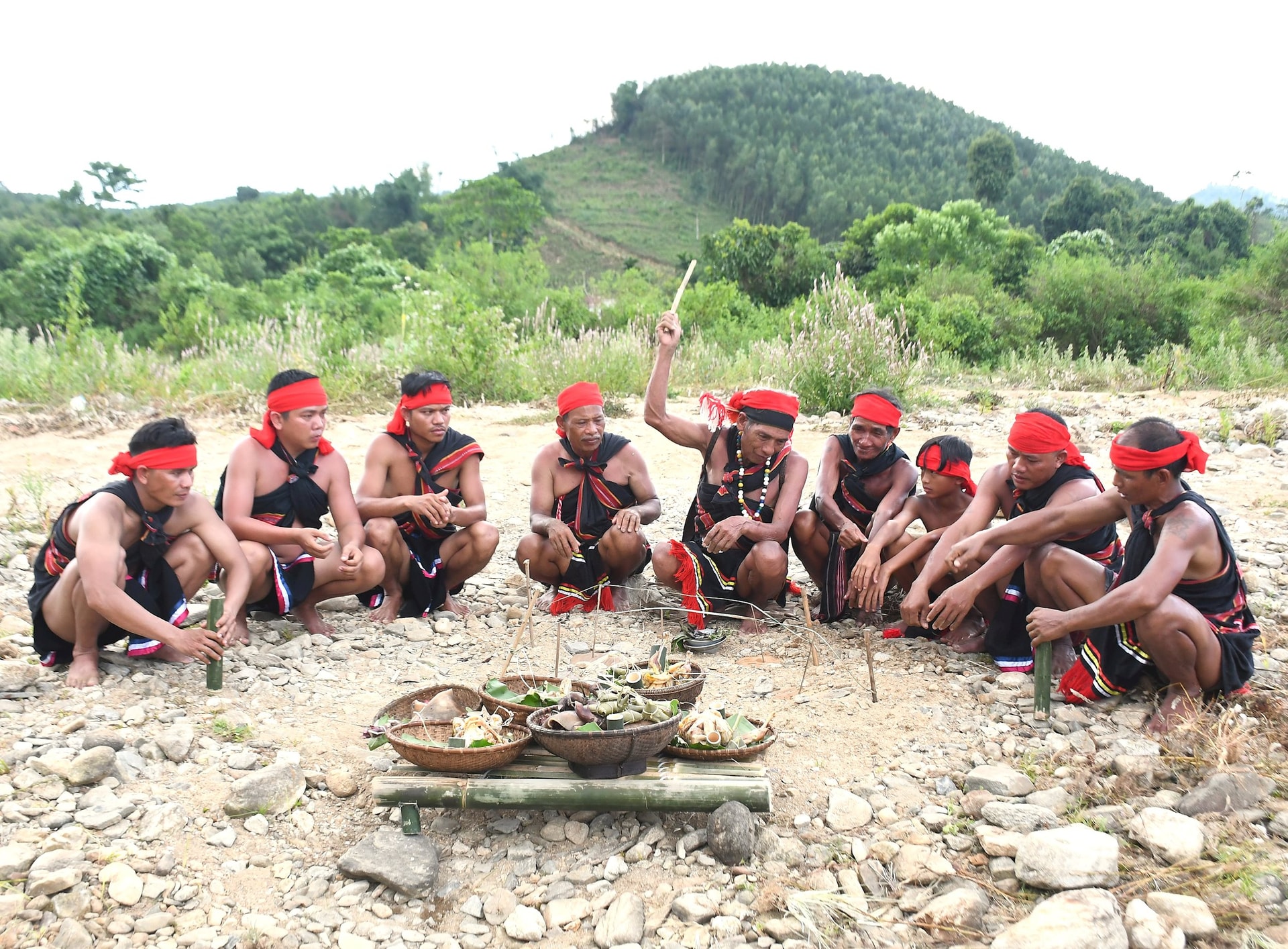
The Co people often hold rain-praying ceremonies in the summer, after long dry days. The main ceremony takes place around 8-9am. The master of ceremonies is the village elder, leading the worship rituals at two locations: in the village and by the stream. Offerings are all contributed by villagers, including live chickens, live pigs (in the village); cooked chickens, cooked pigs (by the stream) along with betel and areca nuts, wine, water, a bowl of rice, jujube cakes, and wild beeswax.
The village ritual is called the sacrificial offering ceremony, which takes place at the village elder’s house or in the village yard. The celebrant prays to the Sun God, the Earth God, the Mountain God, the River God and especially the goddess Mo Huyt – the water goddess, to ask for rain to save the villagers. After the ceremony, the offerings are prepared and brought to the stream bank to continue the outdoor rain-praying ceremony.
The villagers' prayer
The rain-praying ceremony by the stream is the central part, with strong symbolic significance. Here, the Co people build a small bamboo platform to place offerings, and drill five small holes in the ground in front, called “earth drums”. Each hole is covered with a straightened areca spathe, fixed with wooden sticks and rattan strings, symbolizing the five main deities.
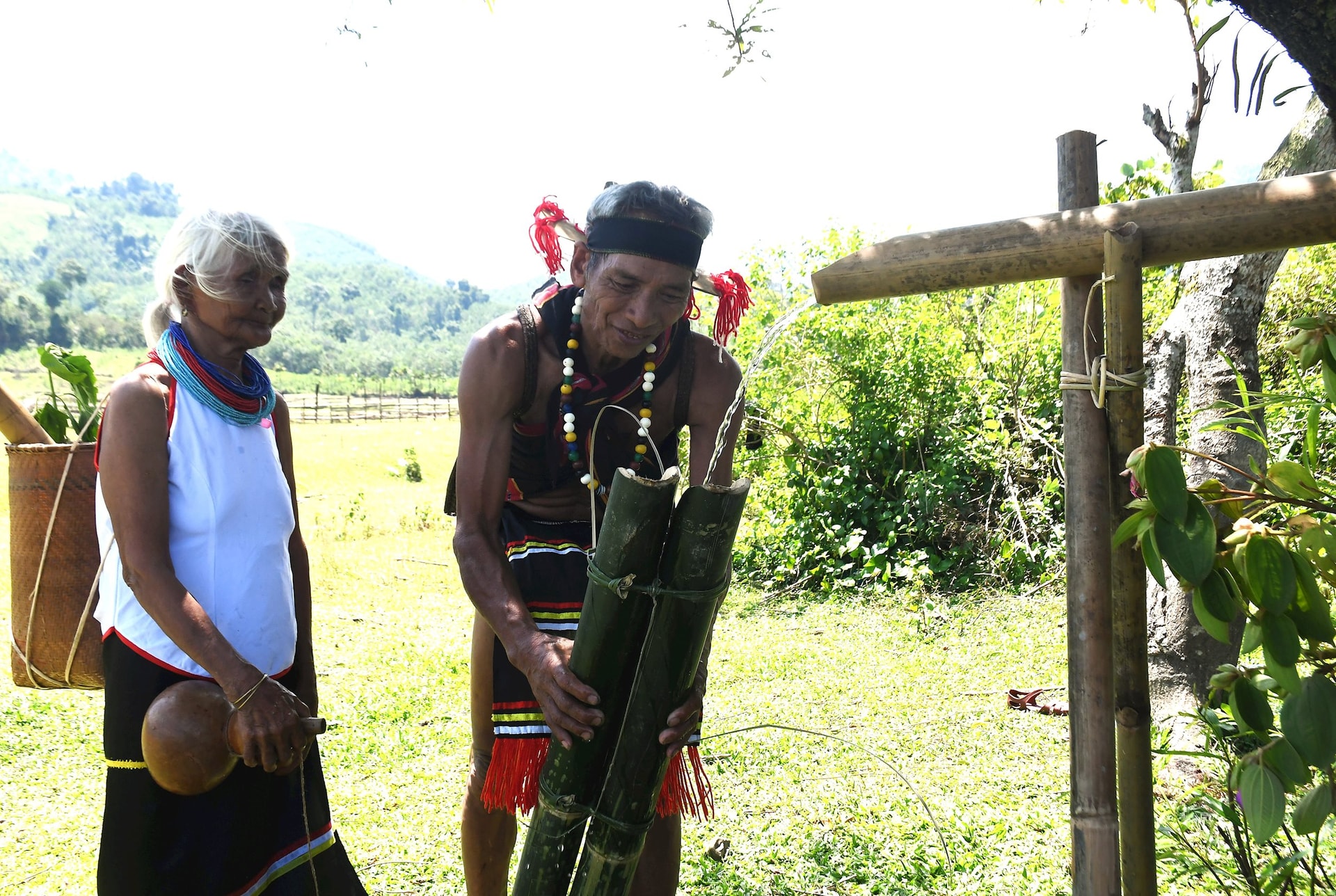
In that sacred space, the village elders read the names of the gods one by one, while beating each “earth drum” loudly. Each drum beat was like a rhythm connecting humans and heaven and earth. The prayer echoed by the stream: “ Oh Sun God!/ Oh Earth God!/ Oh water source – goddess Mo Huyt!/ Oh Mountain God!/ Oh River God!/ The deer in the forest are thirsty, the trees are withered, the rivers and streams are dry, the villagers are hungry and thirsty, constantly sick/ Today the villagers offer offerings to pray for rain to come down, to save the village, to save all living things ”.
The sound of the “earth drum” resounded for many days, like a heartfelt plea to the heavens. The villagers stood guard by the stream, adding firewood, wine, and prayers. And then, when thick clouds rolled in, the first showers of rain fell on the forest, the whole village burst into joy.

Everyone rushed out into the open sky, facing the rain, catching water, and cheering to thank the goddess Mo Huyt. Life seemed to be reborn. Trees were green, wild animals returned, and crops were plentiful. To express their gratitude, the village elder and villagers brought sacred water pipes into the forest to catch water from the source, held a ceremony to thank the goddess, and danced together to celebrate the rain.
The rain-praying ceremony is not only an ancient ritual that demonstrates a vibrant spiritual culture, but also a testament to the community cohesion and respect for nature of the Co people. In modern life, although many customs have faded away, in some villages, the rain-praying ceremony is still restored as a reminder of the unique cultural origins of the Co people in the midst of the Truong Son mountain range.
Source: https://baoquangnam.vn/nguoi-co-cau-mua-3156943.html


![[Photo] Opening of the 14th Conference of the 13th Party Central Committee](https://vphoto.vietnam.vn/thumb/1200x675/vietnam/resource/IMAGE/2025/11/05/1762310995216_a5-bnd-5742-5255-jpg.webp)

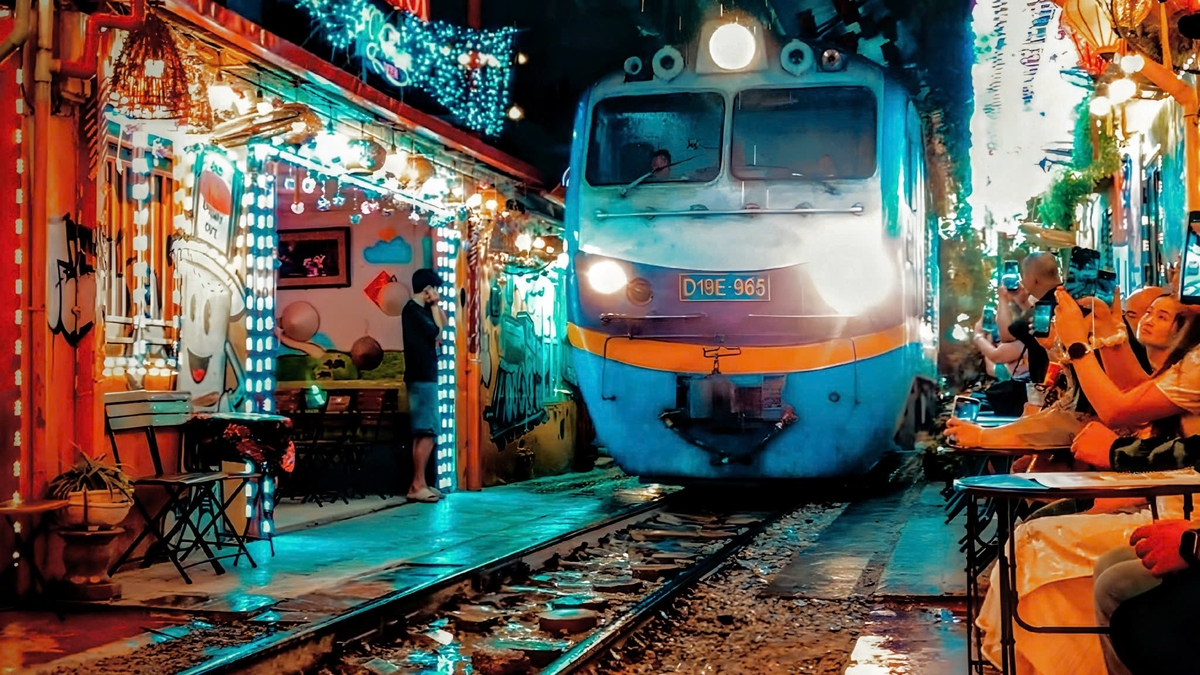


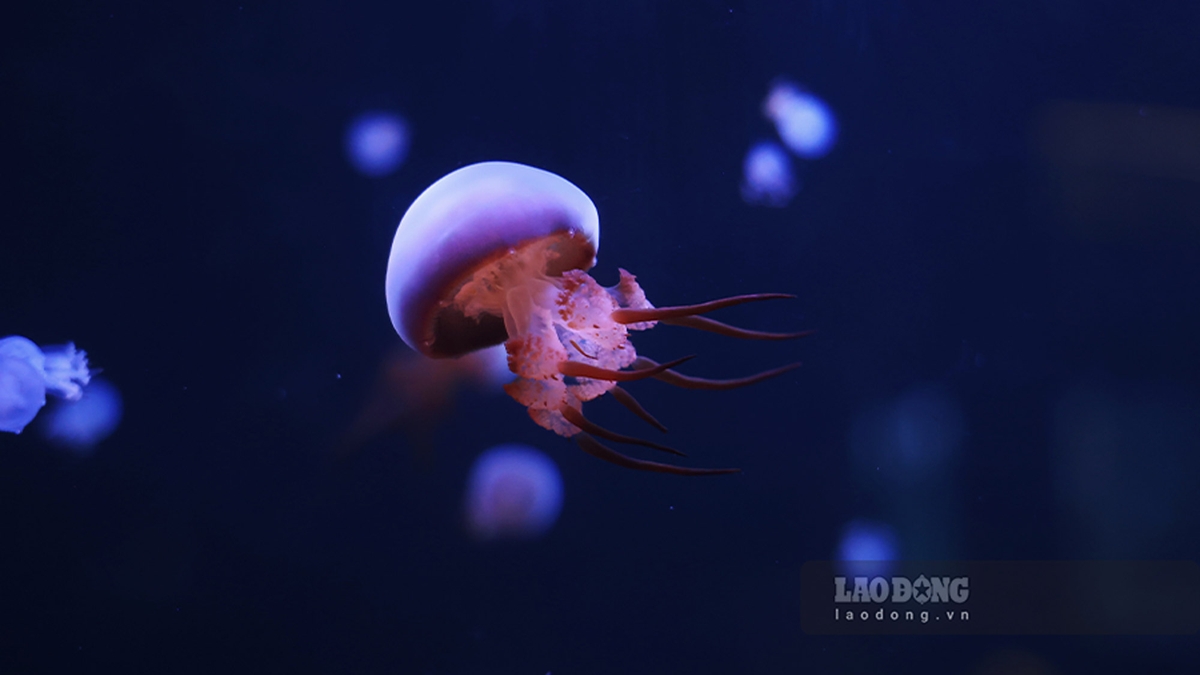
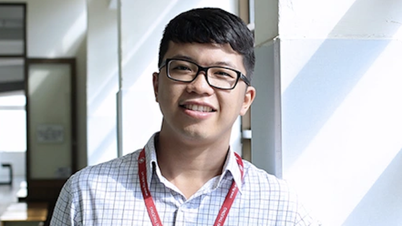

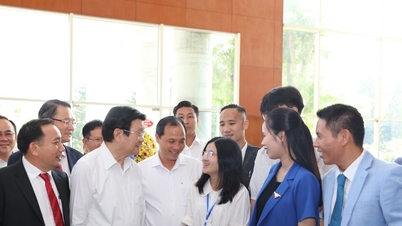

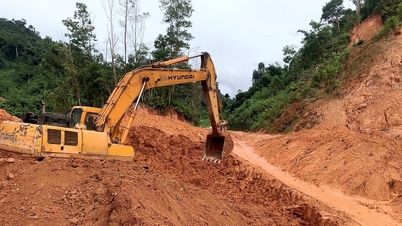

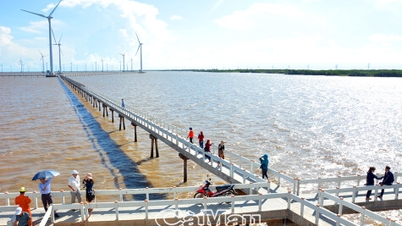









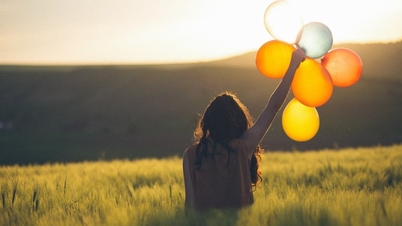

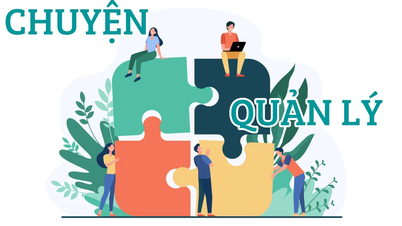



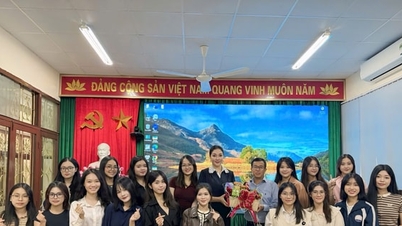

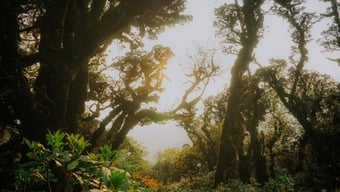




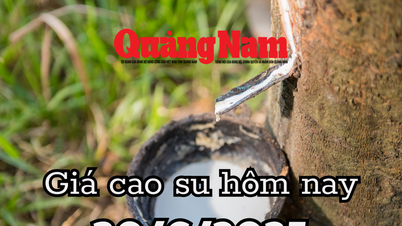
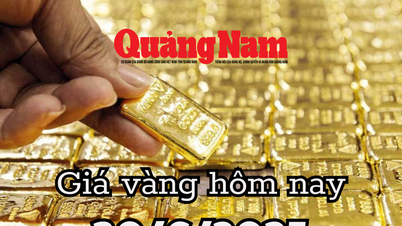
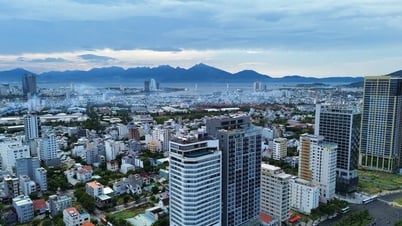
![[Photo] Panorama of the Patriotic Emulation Congress of Nhan Dan Newspaper for the period 2025-2030](https://vphoto.vietnam.vn/thumb/1200x675/vietnam/resource/IMAGE/2025/11/04/1762252775462_ndo_br_dhthiduayeuncbaond-6125-jpg.webp)

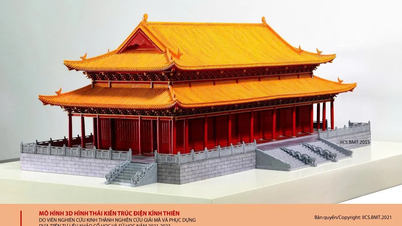





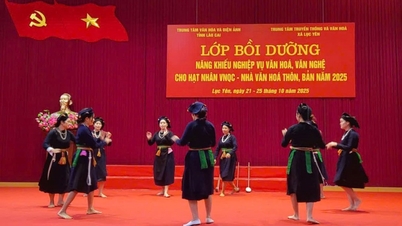


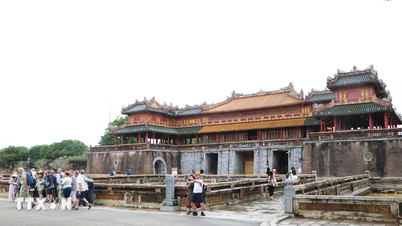



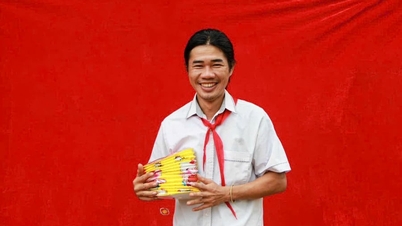

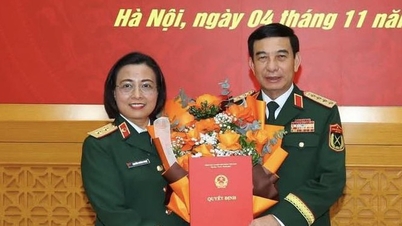
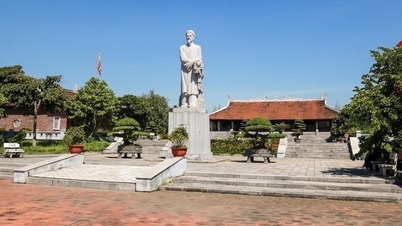


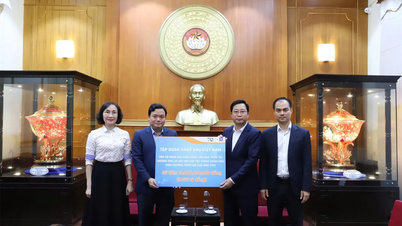









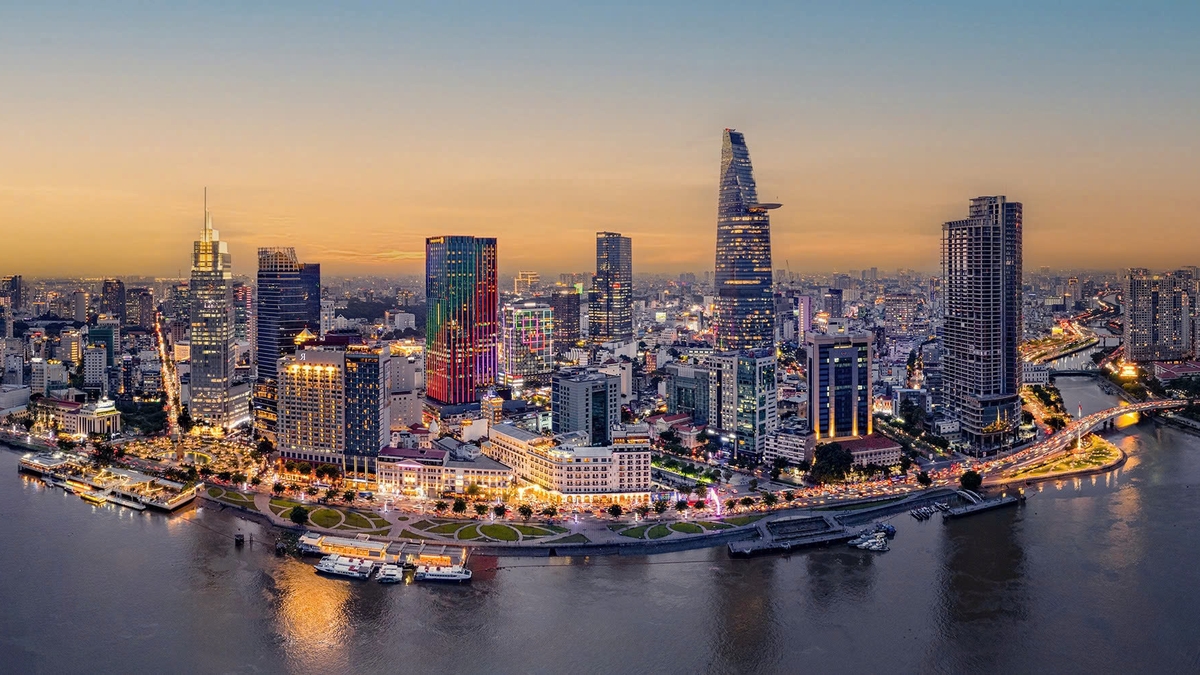
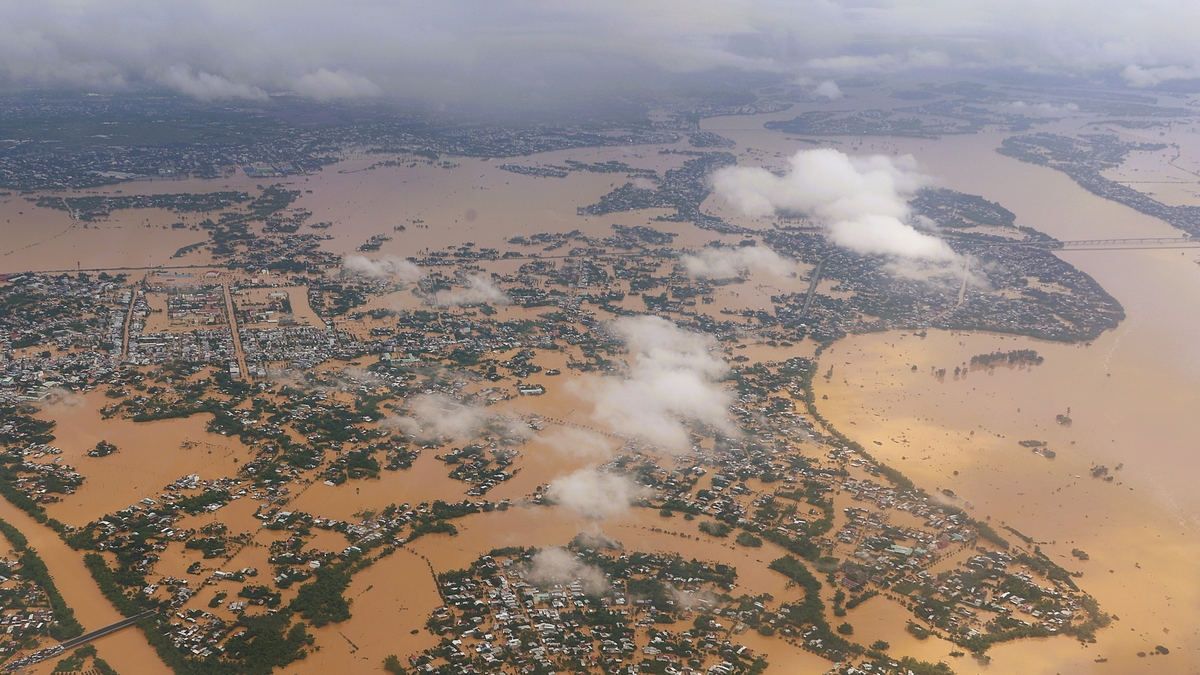
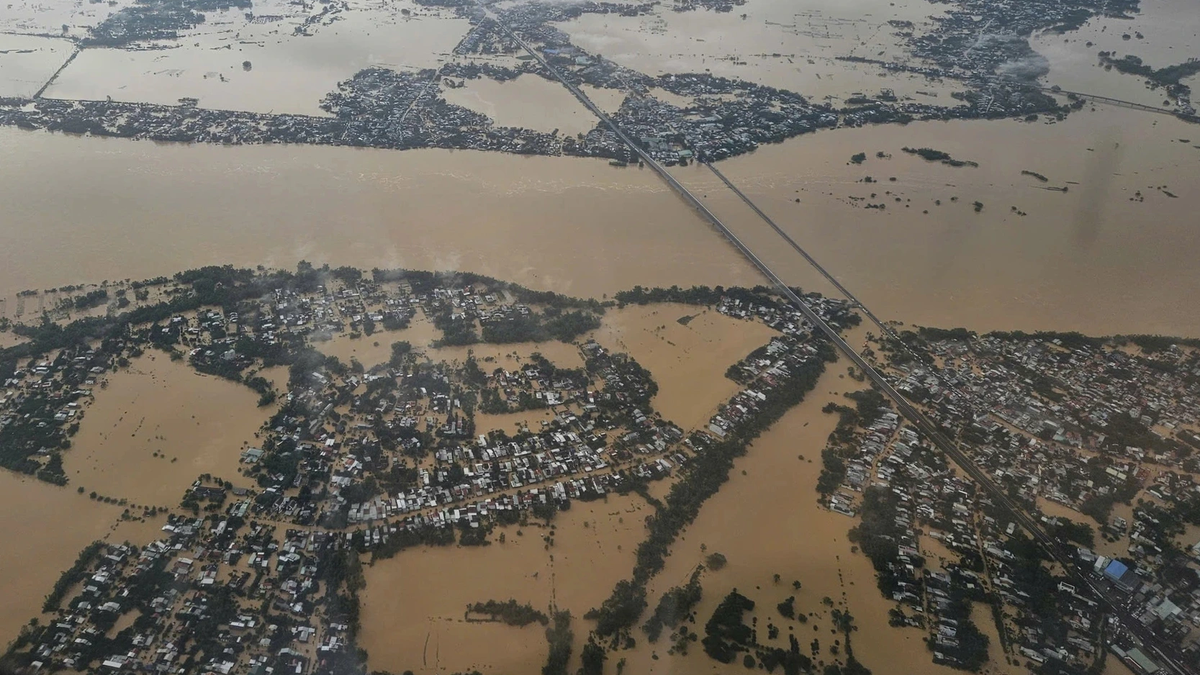
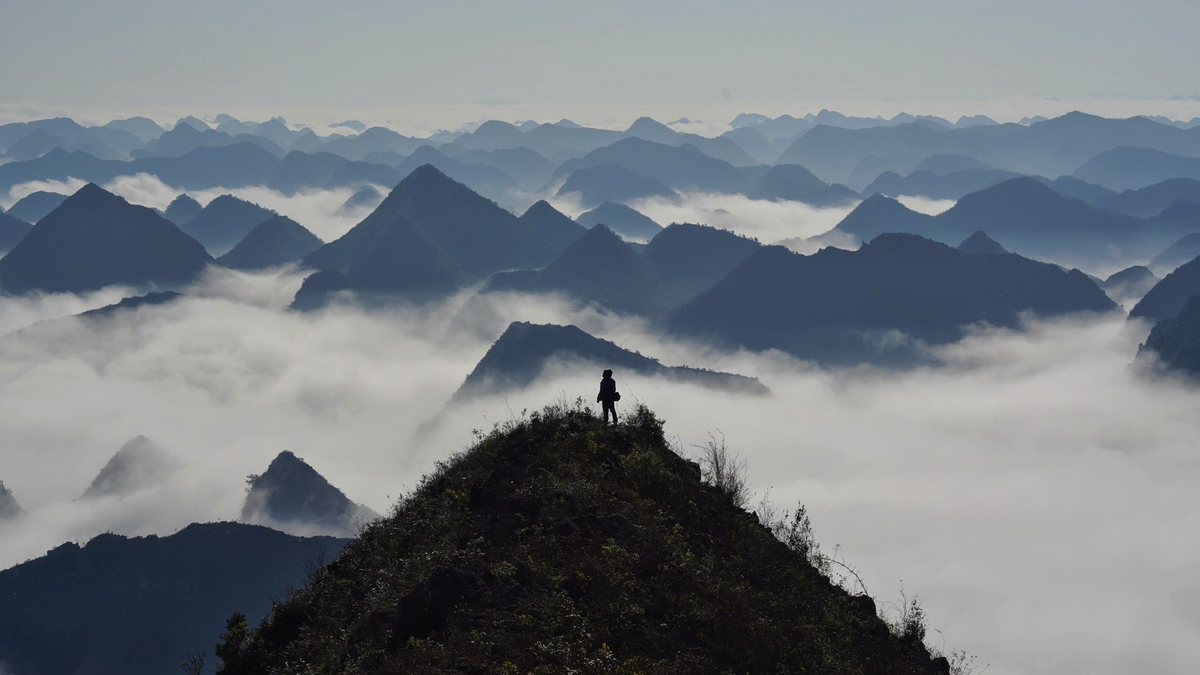
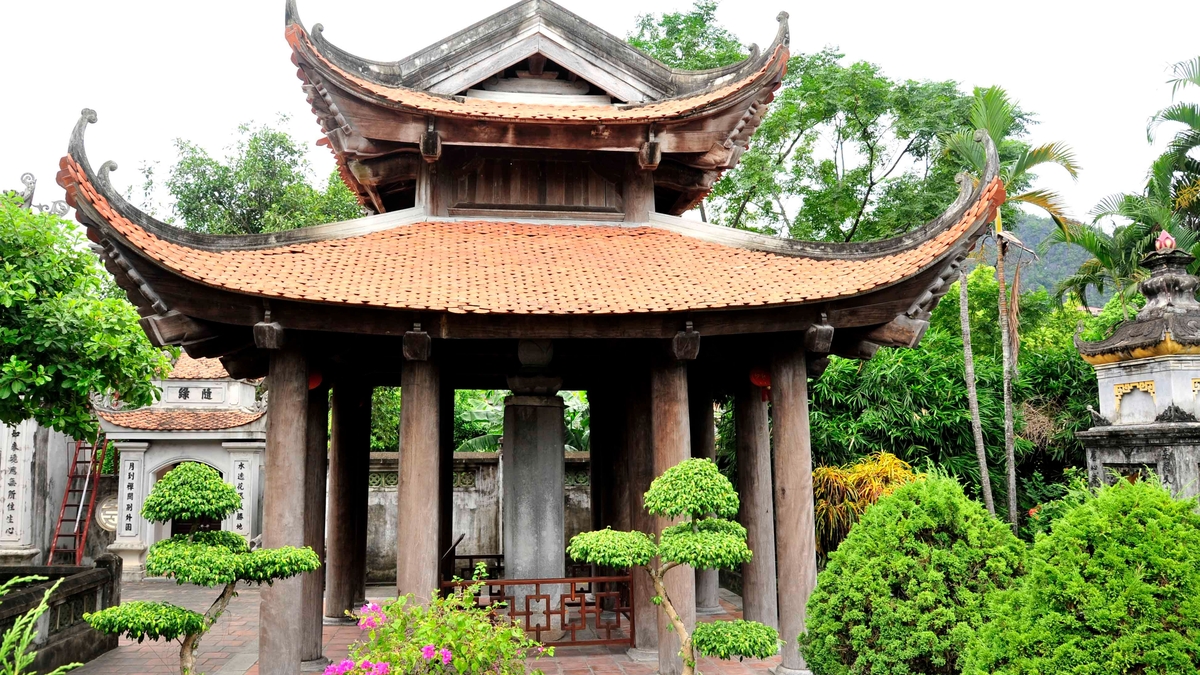
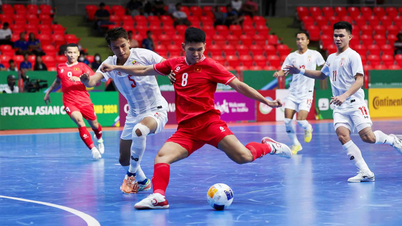
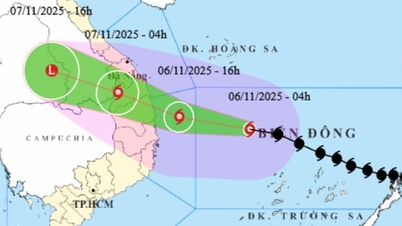


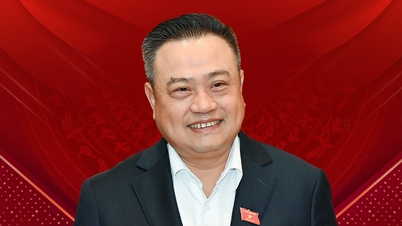

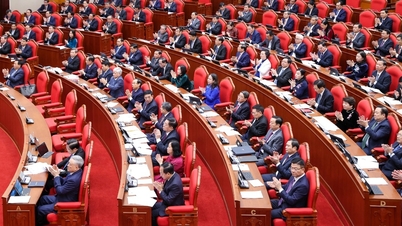


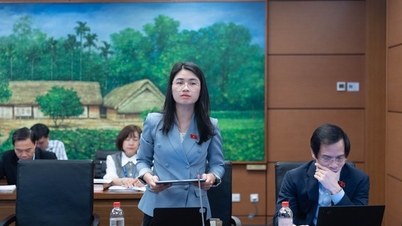


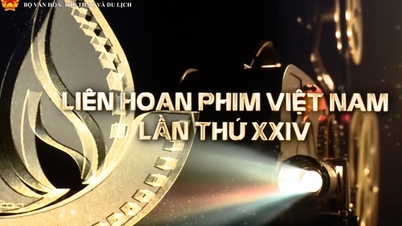
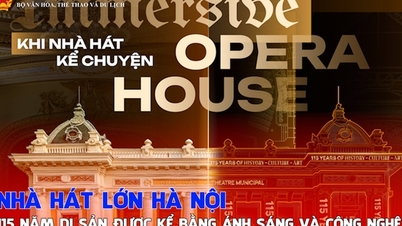
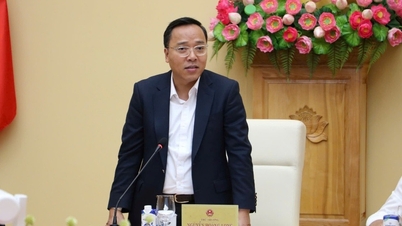





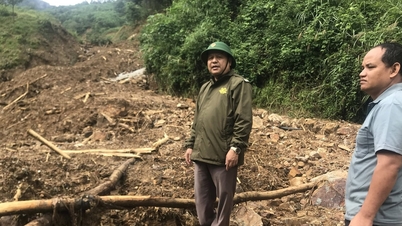
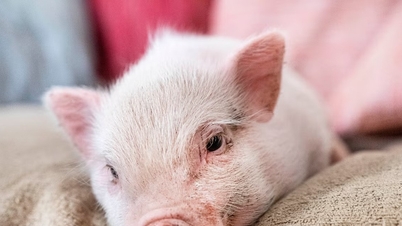
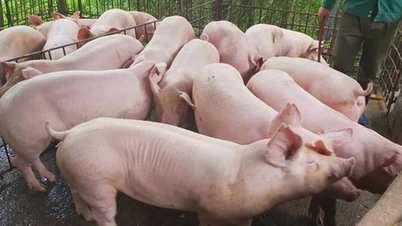

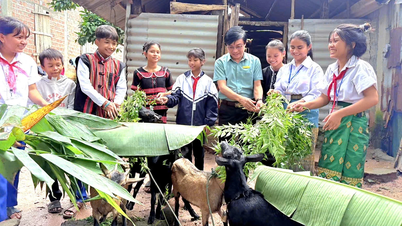







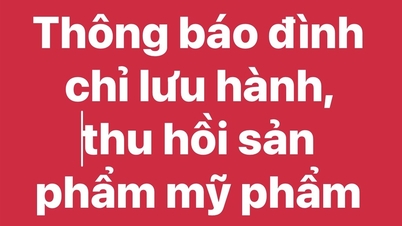





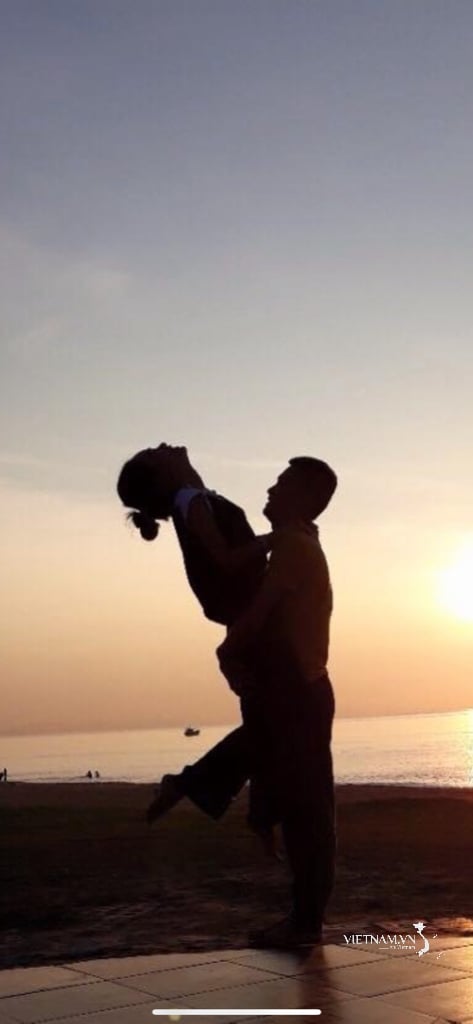
Comment (0)